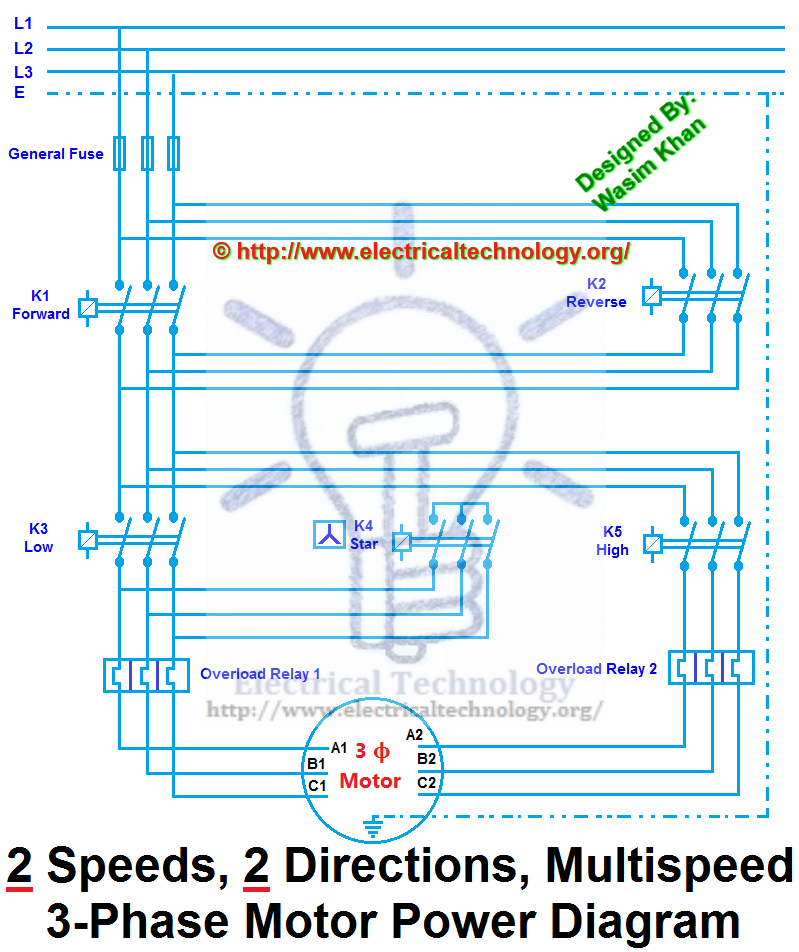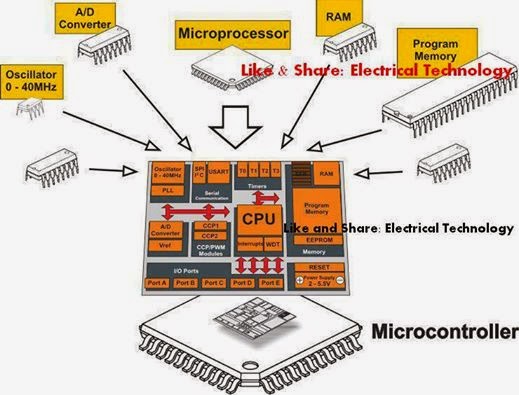SCR Based SSS Solar Charge Control
A force-commutated SCR makes a novel Solid State Switch in a solar charge regulator control. Prior art includes relay and transistor switches, but an SCR switch in this type of DC application may be new to the world (normally SCRs are applied in line-commutated AC applications). Advantages include robustness and the requirement of only one conductive device that performs (3) functions: switch, latch and reverse polarity diode (reverse blocking thyristor). The main SCR conducts the charging current from the solar panel to the battery while a 2nd commutation SCR performs the function of commutating (turning off) the main SCR current at the end of the conduction period. All circuitry consists of readily available discrete components. Note that this is old technology and may not be the best or cheapest solar charge control solution, but it makes a great, mind-expanding tech school lab experiment.Programmable Unijunction Transistor Gate DriversBoth the main and commutation SCRs have their gates driven by PUT (Programmable Unijunction Transistor) circuits. Advantages are high gate drive current (100mA peak), fast pulse rise-time and Schmitt Trigger type of operation. Q1 is a free-running oscillator that outputs pulses every 6seconds. Q2 is a similar circuit that is inhibited when the main SCR is blocking (no commutation function needed when the SCR is not conducting). Q2 receives its charge signal from the voltage regulator transistor Q6.
Voltage Reference
A TL431 is strapped to regulate at its minimum voltage of 2.5V. R19 biases it at about 1mA. It is referenced to the positive battery terminal. This is far superior to a low voltage zener because it has very low dynamic resistance and low thermal temperature coefficient.
Voltage Comparator
Q6 is a PNP transistor that performs the function of voltage comparator. It compares the output of the feedback voltage divider from the battery with the 2.5V reference. As the battery voltage increases beyond this threshold, the transistor collector current increases thus charging C4 more rapidly and reducing the conduction period that is controlled by Q5. While a bipolar transistor has a Vbe that is temperature dependent, it tends to track the battery voltage that is also temperature dependent. No attempt was made for accurate temperature compensation.
Commutation capacitor
Commutation capacitor C3 is rather large. I used a 2uf, 50V film type in my low current evaluation circuit. 70uf may be built up by paralleling a number of capacitors or an electrolytic capacitor may be evaluated –I did not test operation with an electrolytic. The oscilloscope indicated a reverse polarity spike across the capacitor, so I initially thought that an un-polarized capacitor would be best –however, the voltage transient may not be a real issue.
SCR turn-off time
The S2800A has a 50uS turn-off time specification. This is typical of many SCRs. To ensure that this period was exceeded, I sized the commutation capacitor for 100uS or so. (See oscillographs.) Actually, I found that my SCRs would commutate 200mA reliably in 25uS. However, that was a low current –at high currents, SCRs require additional time for the charge to dissipate. Years ago before the advent of high voltage MOSFETs and IGBTs high-speed SCRs were available –some were specified as low as 5uS thus greatly reducing the size of the commutation capacitor.
Minimum conduction period
The commutation capacitor charges via R7 to 12V with an R-C of approx 200mS. This generally indicates that the minimum conduction period must exceed about 200mS or C3 may not have sufficient charge to commutate the main SCR. However, I experienced no problems. By increasing the value of R16, the minimum conduction period may be increased.
Holding current
It is possible that SCR2 may not turn off due to low holding current –this conducts through R7. Devices may be selected for a holding current exceeding 4mA, or higher if R7 is reduced. However, even if it remains on, the main SCR will commutate the commutation SCR at the beginning of the conduction period because the circuit is essentially symmetrical.
LED function
D1 prevents reverse voltage across LED D2. Q2 & 3 invert the LED function so that the red LED is on when the green LED is off and vice-versa. Note that the LEDs are powered by the solar panel so that they extinguish when the solar panel is inactive. Q4 turns off Q5 when the main SCR is blocking.
Oscillographs

.jpeg)
.jpeg)
.jpeg)
.jpeg)












.png)
